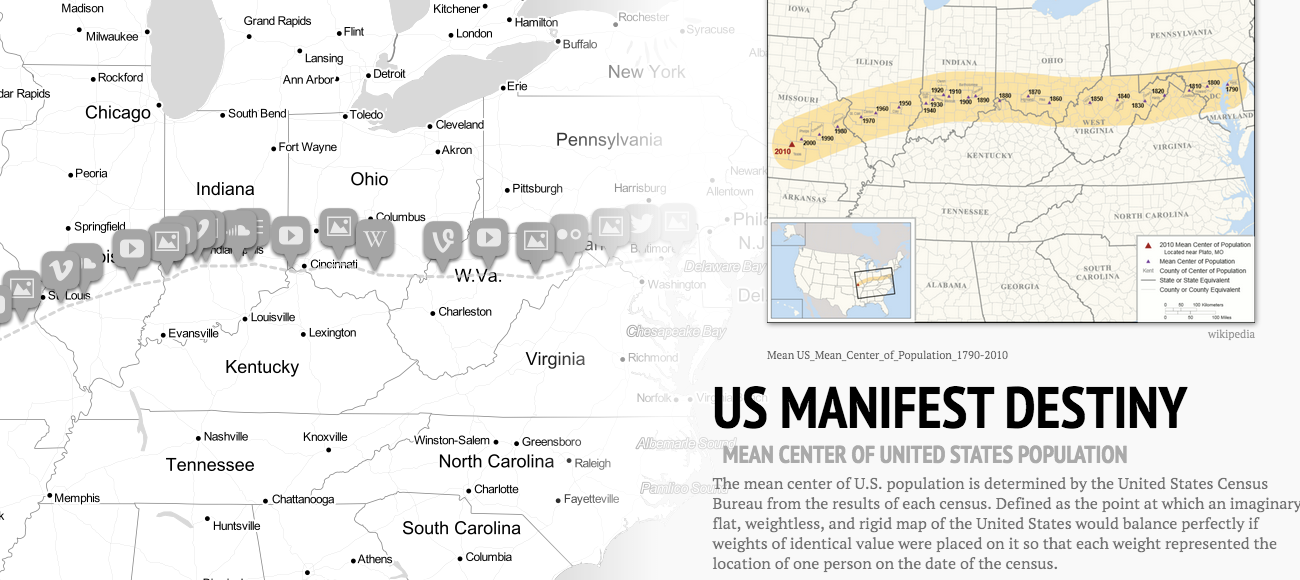Bring Your Project to Life with Knight Lab's Publishing Tools

It doesn't seem like the distant past in which the idea of building interactive content for the web seemed like a much larger feat to accomplish. Publishing content has long been a dead simple process of firing up a blog and writing. But the idea of interactive maps and timelines and audio/visual elements that could bring your content to life was something reserved for people who knew a thing or two about scripting languages and could piece together something from various half-baked projects in different forms. We've been doing it for years with students using things like Simile that worked ok but didn't play very well with other pieces of software. And projects like that make it difficult to get your data in there in the first place. Whether it be a CSV file you're loading on a web server or the need to get longitude and latitude data points in order to make anything worth looking at in Neatline, this stuff just wasn't very accessible for integrating easily into larger digital projects.
It might have been sometime about a year ago when we started playing with Timeline JS, one of several tools from the Knight Lab Publisher's Toolbox that Northwestern has put out. Ryan Brazell had started using Timeline JS here and there as a handy replacement for the kludgy and complicated ways we were doing timelines in courses and pretty soon we were all recommending it as a dead simple approach. And not only was it visually appealling, but it earned high points for the ability to collaboratively enter data by making use of Google Spreadsheets that could be shared amongst peers and edited easily. The data you enter appears in the timeline immediately and it pulls interactive media from YouTube, Twitter, Wikipedia, and a whole host of other sites in automatically. To top it all off the whole thing is open source on GitHub and infinitely hackable for the true geeks that wanted to make the script do crazy stuff like consume external JSON feeds and visualize them. Just look at one example of how the Denver Post made the story of the shooting in a Colorado Theater come alive.
Comments powered by Talkyard.